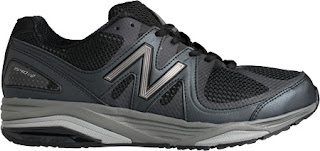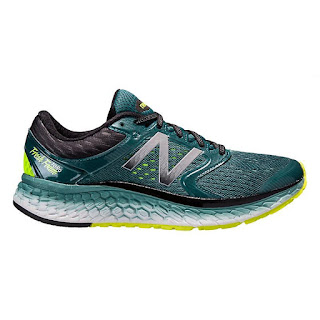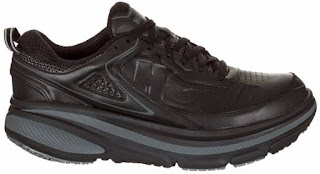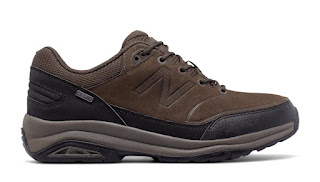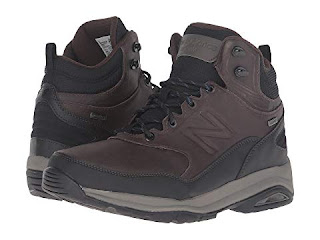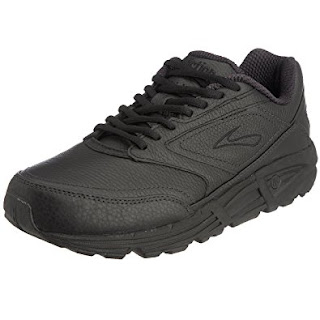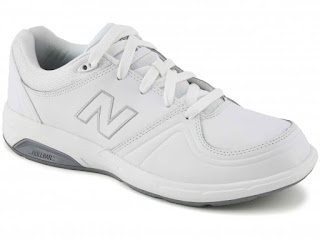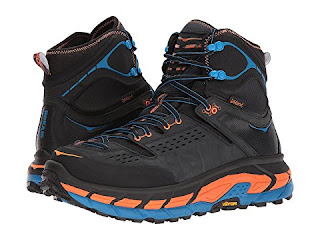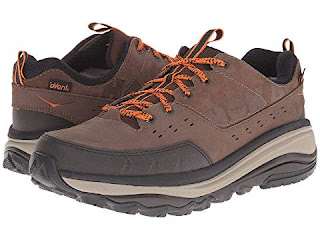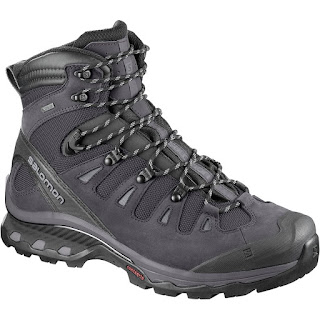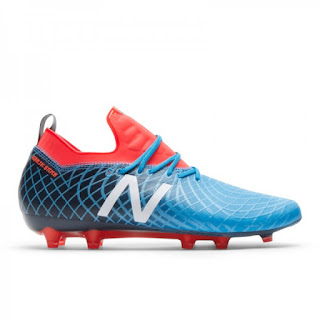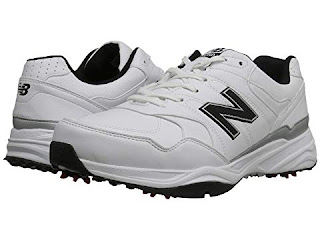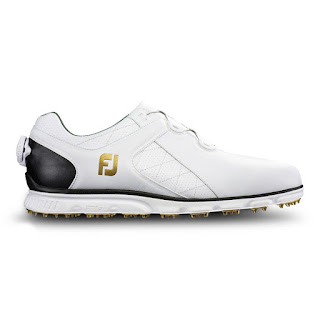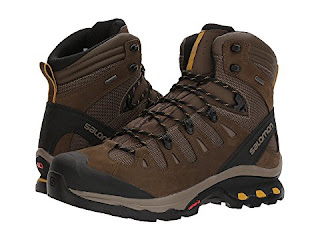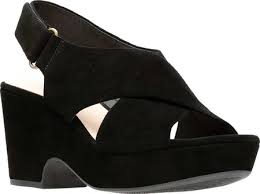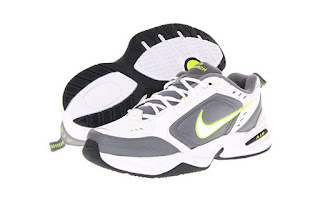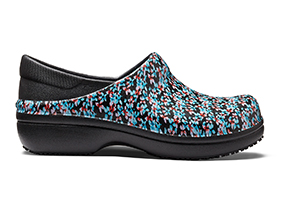Podiatrist Recommended
Sports Specific Shoes
Although this list is not comprehensive, I did my best to give you some excellent options for various sports specific shoe options.
First, the most important thing to remember is that any shoe that you wear must have a thick, rigid and non-flexible sole. The concept is counterintuitive but the idea is that if you have a painful joint then the last thing that you want to do is wear flexible shoes that force motion through joints that can’t handle it. When it comes to the foot, less motion equals less pain, inflammation and joint damage. A sturdy sole with no motion will also stop or slow the progression of bunions, hammertoes, stress fractures, and osteoarthritis.
Second, it is also important to find shoes with a wide, soft toe box that puts less pressure on toes, which helps to prevent corns, ingrown toenails and even will decrease the risk of developing toenail fungus.
Third, all shoes that you wear should have rear foot control because shoes without rear foot control force you to scrunch down your toes to stay in the shoe, which promotes hammertoes and mechanical strain on your tendons and ligaments, which can cause tired leg syndrome.
The fourth thing is to wear shoes that will accommodate a custom-molded orthotic or an excellent over-the-counter insert for better arch support, which will help with preventing knee, hip and even lower back pain.
Running:
Wearing a running shoe with a thick, rigid and non-flexible sole actually will improve your speed and performance. It works off the lever principle, which means that if you wear a rigid sole while running than that will translate into a significant mechanical advantage, improved efficiency, and energy conservation.
New Balance 1540 V2
(There is also a women's version of the NB 1540)
(There is also a women's version of the NB 1540)
New Balance 1080 V8
(Men's version also available)
New Balance 928
New Balance 1400 V1
New Balance 813
NB 813 is great for older patients with balance issues. It also comes with velcro strapping for added ease of putting on and taking off.
Hoka One One Speed Goat 2
Salomon Quest 4D 3 GTX
Tekela Pro Fg
Men's Tennis and Pickleball:
Chaco Z1 or Z2
New Balance Golf 1701
Footjoy Pro SL/BOA
I hope that this list was helpful! I will try to add to the list as I find more shoes that fit the criteria. For more articles and information, you can refer to:
My feet hurt! Top 10 things to do to alleviate foot pain today.
Shoe recommendations for patients recovering from Lisfranc's injuries.
Thank you for reading the blog!
Dr. Cathleen A. McCarthy
:)
